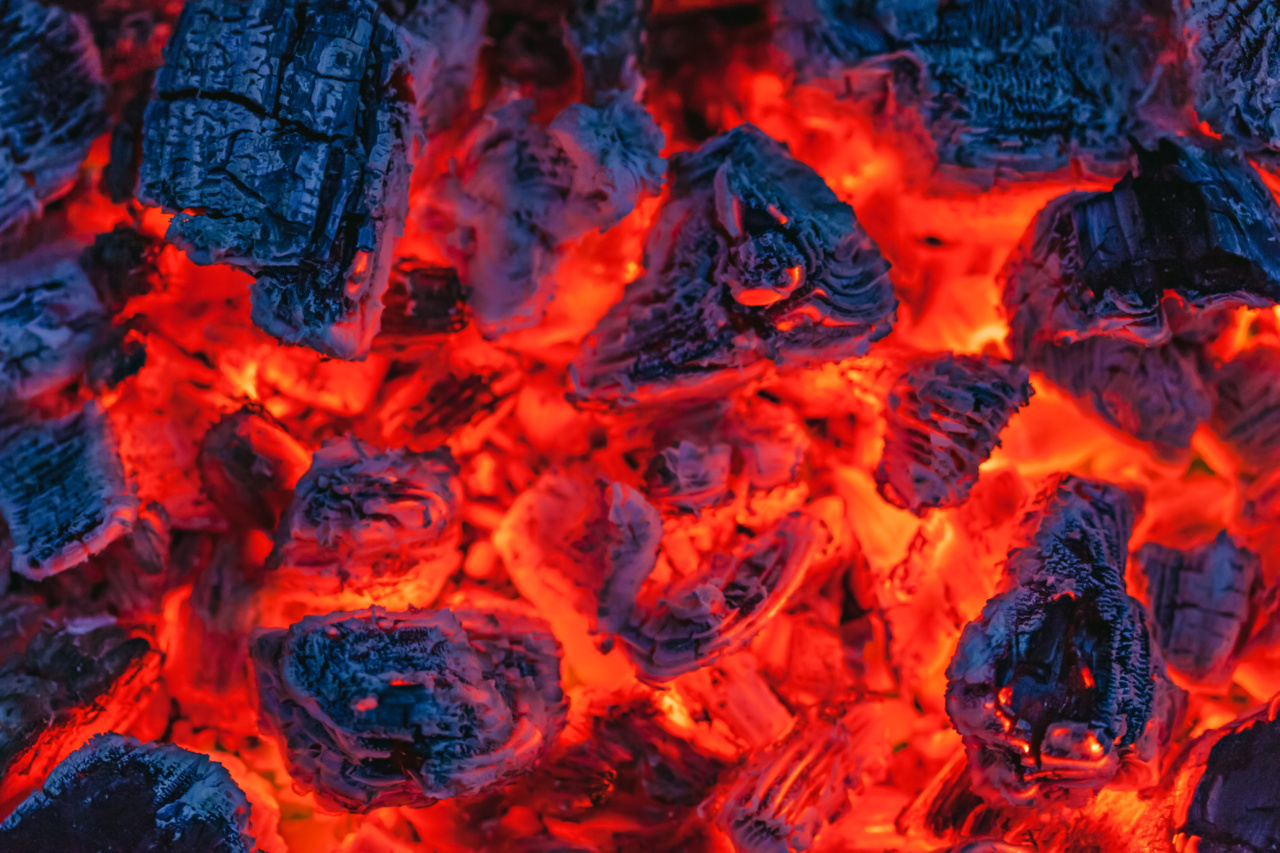Coal is one of the most widely used sources of energy worldwide. It is used primarily for electricity generation and industrial processes.
While coal has been a reliable and affordable source of energy, there are concerns about the potential health risks associated with its use. One of the concerns is whether the heat generated from burning coal can be cancer-causing. In this article, we will explore the potential link between coal heat and cancer.
Understanding Coal and its Heat Generation
Coal is a fossil fuel that is formed from the remains of plants that lived and died millions of years ago. It is primarily composed of carbon, along with various other elements such as hydrogen, sulfur, and nitrogen.
When coal is burned, it undergoes a process known as combustion, which releases energy in the form of heat.
The Link between Coal and Cancer
Coal combustion releases various byproducts, including particulate matter, sulfur dioxide, nitrogen oxide, and mercury, among others. These byproducts, especially the fine particulate matter, can have detrimental effects on human health when inhaled.
There is a growing body of evidence linking exposure to particulate matter from coal combustion to an increased risk of developing respiratory conditions such as asthma, chronic obstructive pulmonary disease (COPD), and lung cancer.
Fine particles can penetrate deep into the respiratory system and cause inflammation, oxidative stress, and genetic damage, which can ultimately lead to cancer development.
Coal Combustion Byproducts and Cancer Risk
Sulfur dioxide (SO2) and nitrogen oxide (NOx) are two common pollutants emitted during coal combustion.
These pollutants can react in the atmosphere to form secondary pollutants, such as sulfuric acid and nitrogen dioxide, which can further contribute to health risks.
Sulfuric acid can cause respiratory irritation and also has the potential to react with other substances to form fine particulate matter.
Nitrogen dioxide is a highly reactive gas that can contribute to the formation of ground-level ozone, another toxic pollutant known to cause respiratory problems and increase the risk of lung cancer.
Mercury is another toxic element present in coal that can be released during combustion. Mercury emissions from coal-fired power plants can contaminate water bodies, leading to the accumulation of methylmercury in fish and seafood.
Methylmercury is a neurotoxin that can have adverse effects on the developing nervous systems of fetuses and young children.
Occupational Hazards
In addition to the pollutants released during coal combustion, there are also occupational hazards associated with working in coal mines or power plants.
Miners and workers involved in coal processing and power generation may be exposed to various carcinogens, such as silica, arsenic, and radon gas.
Silica, a common component of coal dust, has been classified as a human carcinogen by the International Agency for Research on Cancer (IARC).
Prolonged exposure to silica dust can lead to the development of silicosis, a lung disease that increases the risk of lung cancer.
Arsenic, which is naturally present in coal, can also pose a cancer risk. Inhalation or ingestion of arsenic can increase the likelihood of developing lung, skin, bladder, kidney, and liver cancers.
Radon gas is another potential hazard in coal mines. Radon is a radioactive gas that is released from the decay of uranium present in underground coal deposits. Prolonged exposure to high levels of radon gas increases the risk of lung cancer.
Regulations and Mitigation Measures
Recognizing the health hazards associated with coal combustion, various countries have implemented regulations and mitigation measures to reduce emissions and protect public health.
Emission control technologies, such as flue gas desulfurization systems and selective catalytic reduction, are commonly used in coal-fired power plants to remove sulfur dioxide and nitrogen oxide from the exhaust gases.
These technologies help in reducing air pollution and improving air quality.
In terms of occupational safety, strict regulations and guidelines are in place to protect workers in coal mines and power plants.
These include measures such as proper ventilation, personal protective equipment, and regular monitoring of air quality to minimize exposure to hazardous substances.
Conclusion
The heat generated from coal combustion can indeed pose a cancer risk.
The release of pollutants during coal combustion, along with the occupational hazards associated with coal mining and power generation, contribute to the increased risk of developing respiratory conditions and certain types of cancer.
It is important to continue exploring cleaner and more sustainable alternatives to coal, such as renewable energy sources and the use of advanced emission control technologies.
By transitioning to cleaner energy options, we can reduce the health risks associated with coal combustion and promote a healthier and more sustainable future.





























